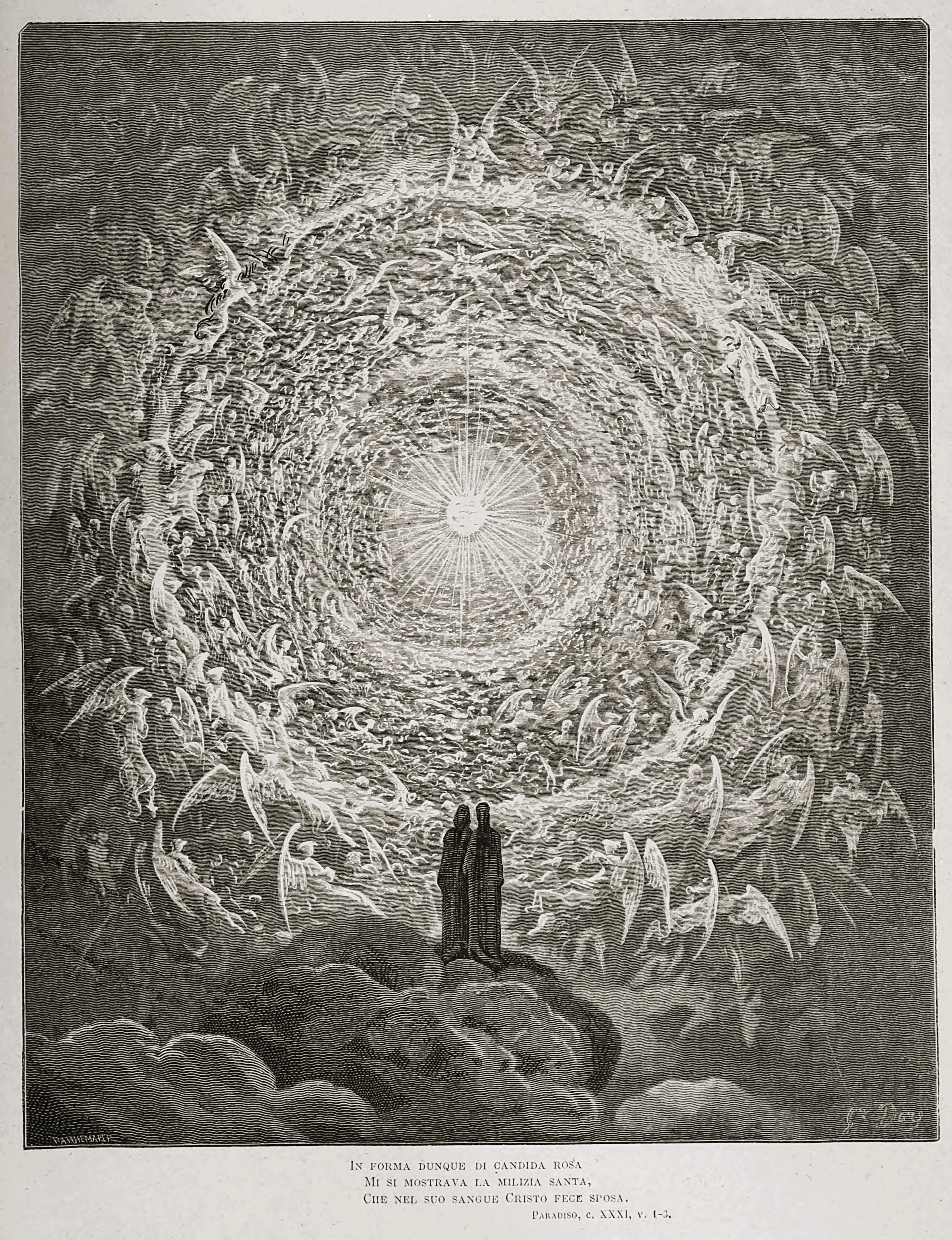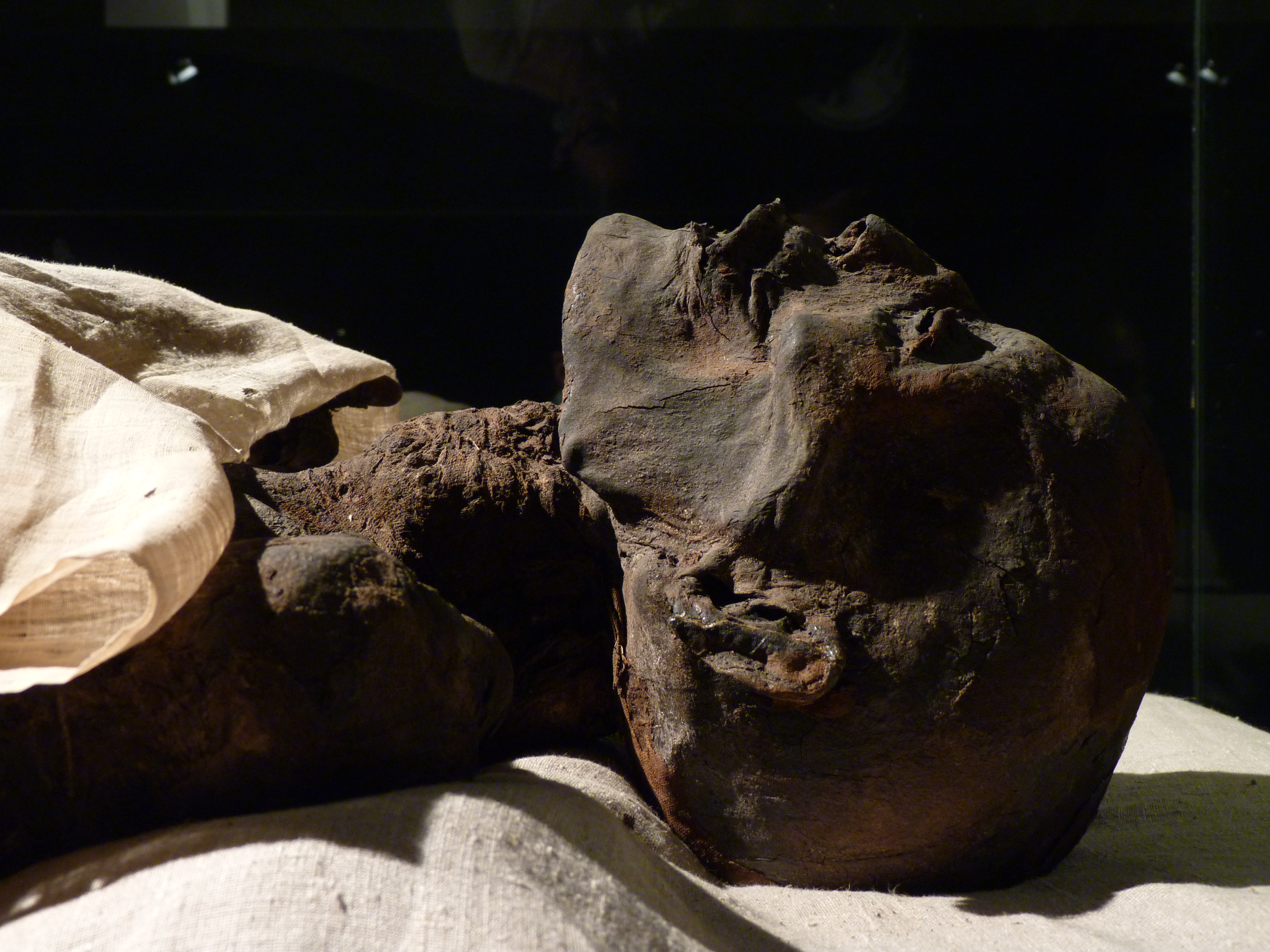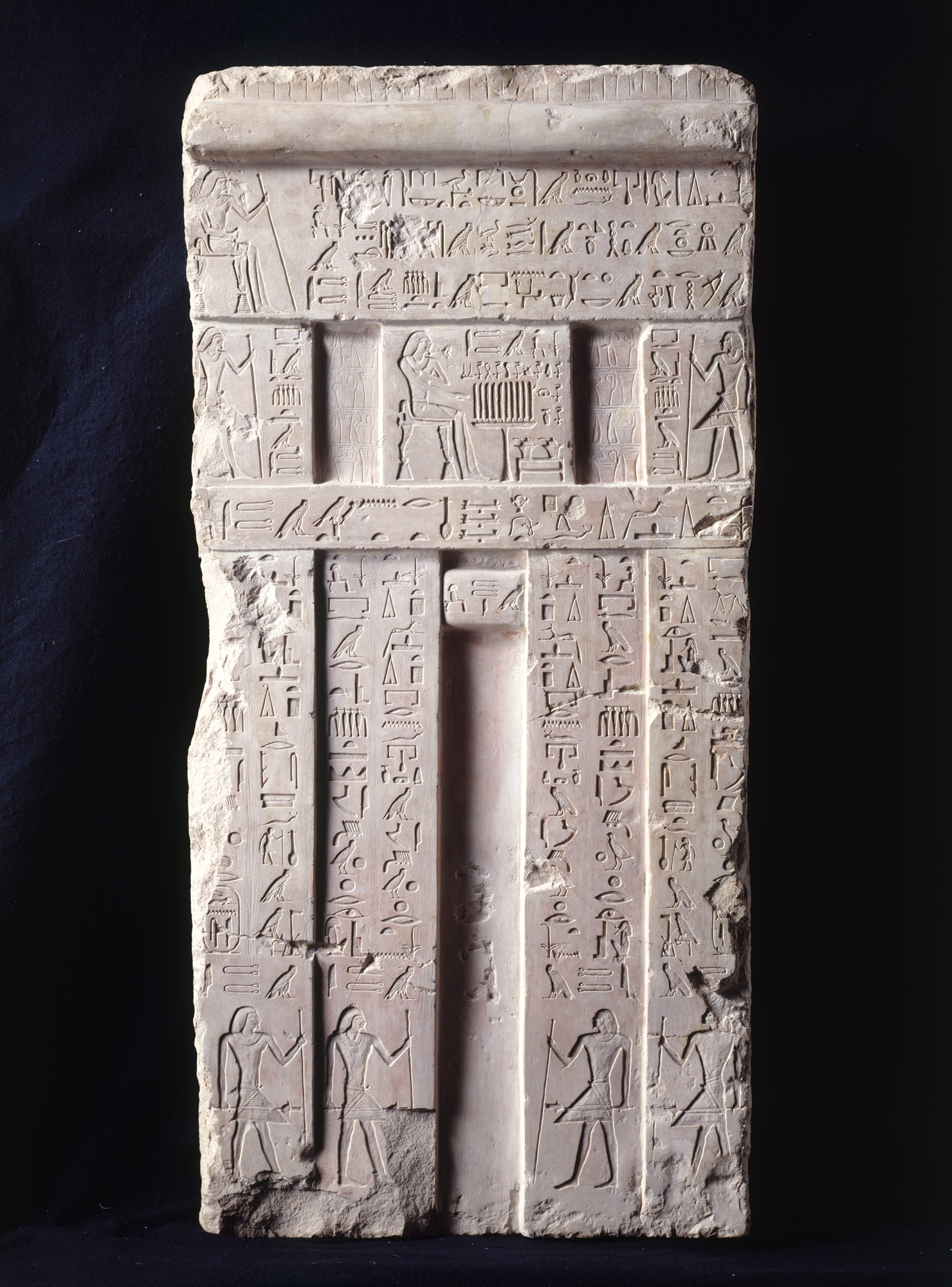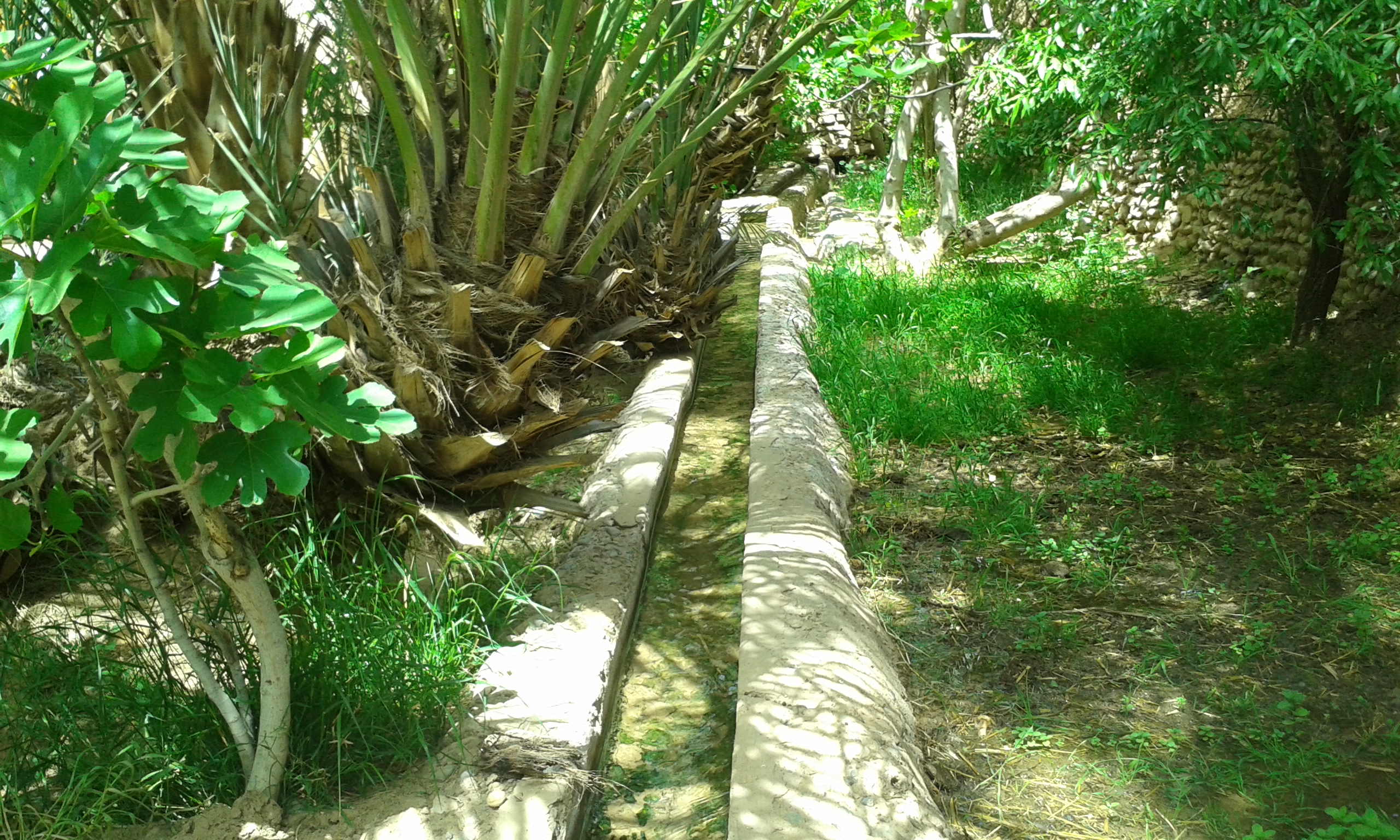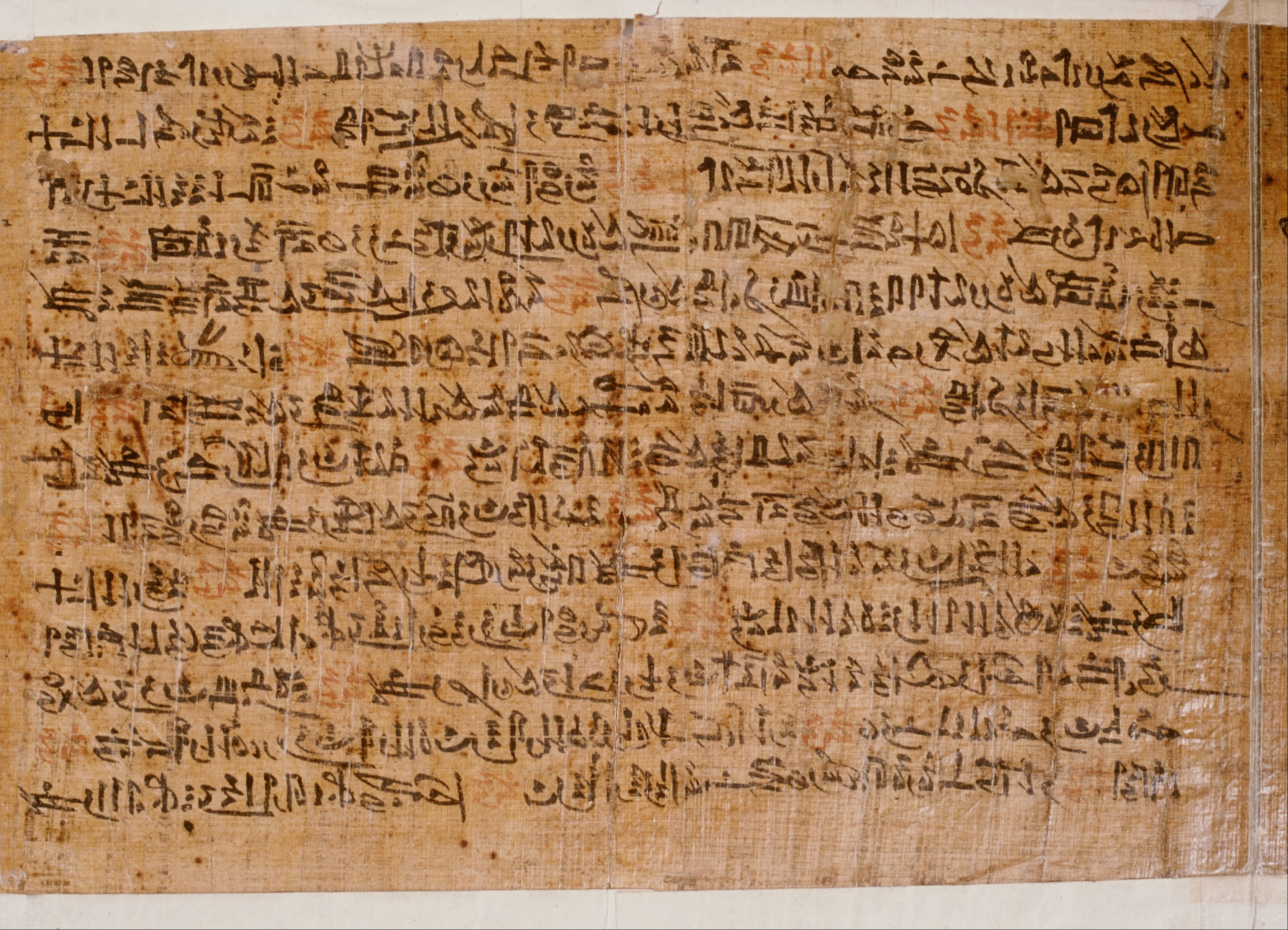|
This (Egypt)
Thinis ( Greek: Θίνις ''Thinis'', Θίς ''This'' ; Egyptian: Tjenu; ; ) was the capital city of pre- unification Upper Egypt. Thinis remains undiscovered but is well attested by ancient writers, including the classical historian Manetho, who cites it as the centre of the Thinite Confederacy, a tribal confederation whose leader, Menes (or Narmer), united Egypt and was its first pharaoh. Thinis began a steep decline in importance when the capital was relocated to Memphis, which was thought to be the first true and stable capital after the unification of Egypt by Menes. Thinis's location on the border of the competing Heracleopolitan and Theban dynasties of the First Intermediate Period and its proximity to certain oases of possible military importance ensured Thinis some continued significance in the Old and New Kingdoms. This was a brief respite and Thinis eventually lost its position as a regional administrative centre by the Roman period. Due to its ancien ... [...More Info...] [...Related Items...] OR: [Wikipedia] [Google] [Baidu] |
Lost City
In the popular imagination, a lost city is a real, once-prosperous and well-populated area of human habitation that fell into terminal decline and whose location was later forgotten. Lost City, The Lost City, or Lost Cities may also refer to: Places * Ciudad Perdida, a lost city on the Caribbean coast of Colombia * Lost City, California, in Calaveras County * Lost City, Oklahoma, USA, the landing site of the Lost City Meteorite * Lost City, West Virginia, USA, named for the nearby Lost River * Pueblo Grande de Nevada also known as "Nevada's Lost City", a complex of villages, located near Overton, Nevada, USA * The Palace of the Lost City, a luxury holiday resort near the Sun City casino and resort in the North West Province of South Africa * Lost City (hydrothermal field), Atlantis Massif, Mid-Atlantic Ridge; a field of hydrothermal vents in the Atlantic Ocean Arts, media and entertainment Films * ''The Lost City'' (1920 serial), a film serial directed by E.A. Mart ... [...More Info...] [...Related Items...] OR: [Wikipedia] [Google] [Baidu] |
Egypt
Egypt ( , ), officially the Arab Republic of Egypt, is a country spanning the Northeast Africa, northeast corner of Africa and Western Asia, southwest corner of Asia via the Sinai Peninsula. It is bordered by the Mediterranean Sea to northern coast of Egypt, the north, the Gaza Strip of Palestine and Israel to Egypt–Israel barrier, the northeast, the Red Sea to the east, Sudan to Egypt–Sudan border, the south, and Libya to Egypt–Libya border, the west; the Gulf of Aqaba in the northeast separates Egypt from Jordan and Saudi Arabia. Cairo is the capital, list of cities and towns in Egypt, largest city, and leading cultural center, while Alexandria is the second-largest city and an important hub of industry and tourism. With over 109 million inhabitants, Egypt is the List of African countries by population, third-most populous country in Africa and List of countries and dependencies by population, 15th-most populated in the world. Egypt has one of the longest histories o ... [...More Info...] [...Related Items...] OR: [Wikipedia] [Google] [Baidu] |
Egyptology
Egyptology (from ''Egypt'' and Ancient Greek, Greek , ''wiktionary:-logia, -logia''; ) is the scientific study of ancient Egypt. The topics studied include ancient Egyptian History of Egypt, history, Egyptian language, language, Ancient Egyptian literature, literature, Ancient Egyptian religion, religion, Ancient Egyptian architecture, architecture and Art of ancient Egypt, art from the 5th millennium BC until the end of its native religious practices in the 4th century AD. History First explorers The earliest explorers of ancient Egypt were the ancient Egyptians themselves. Inspired by a dream he had, Thutmose IV led an excavation of the Great Sphinx of Giza and inscribed a description of the dream on the Dream Stele. Less than two centuries later, Prince Khaemweset, fourth son of Ramesses II, would gain fame for identifying and restoring historic buildings, tombs and temples, including pyramids; and has subsequently been described as the first Egyptologist. Classical Antiqu ... [...More Info...] [...Related Items...] OR: [Wikipedia] [Google] [Baidu] |
Heaven
Heaven, or the Heavens, is a common Religious cosmology, religious cosmological or supernatural place where beings such as deity, deities, angels, souls, saints, or Veneration of the dead, venerated ancestors are said to originate, be throne, enthroned, or reside. According to the beliefs of some religions, heavenly beings can descend to Earth or Incarnation, incarnate and earthly beings can ascend to Heaven in the afterlife or, in exceptional cases, enter Heaven Entering heaven alive, without dying. Heaven is often described as a "highest place", the Sacred, holiest place, a paradise, in contrast to Hell or the Underworld or the "low places" and History of Christian universalism, universally or conditionally accessible by earthly beings according to various standards of divinity, good and evil, goodness, piety, faith, or other virtues or orthodoxy, right beliefs or simply Will of God, divine will. Some believe in the possibility of a heaven on Earth in a ''world to come''. A ... [...More Info...] [...Related Items...] OR: [Wikipedia] [Google] [Baidu] |
Book Of The Dead
The ''Book of the Dead'' is the name given to an Ancient Egyptian funerary texts, ancient Egyptian funerary text generally written on papyrus and used from the beginning of the New Kingdom of Egypt, New Kingdom (around 1550 BC) to around 50 BC. "Book" is the closest term to describe the loose collection of texts consisting of a number of magic spells intended to assist a dead person's journey through the ''Duat'', or underworld, and into the afterlife and written by many priests over a period of about 1,000 years. In 1842, the Egyptologist Karl Richard Lepsius introduced for these texts the German name ''Todtenbuch'' (modern spelling ''Totenbuch''), translated to English as 'Book of the Dead'. The original Egyptian name for the text, transliterated , is translated as ''Spells of Coming Forth by Day''. The ''Book of the Dead'', which was placed in the coffin or burial chamber of the deceased, was part of a tradition of funerary texts which includes the earlier Pyramid Texts and ... [...More Info...] [...Related Items...] OR: [Wikipedia] [Google] [Baidu] |
Religious Cosmology
Religious cosmology is an explanation of the origin, evolution, and eventual fate of the universe from a religious perspective. This may include beliefs on origin in the form of a creation myth, subsequent evolution, current organizational form and nature, and eventual fate or destiny. There are various traditions in religion or Religion and mythology, religious mythology asserting how and why everything is the way it is and the significance of it all. Religious cosmologies describe the spatial lay-out of the universe in terms of the world in which people typically dwell as well as other dimensions, such as the seven dimensions of religion; these are ritual, experiential and emotional, narrative and mythical, doctrinal, ethical, social, and material. Religious mythologies may include descriptions of an act or process of Creation myth, creation by a creator deity or a larger pantheon (gods), pantheon of deities, explanations of the transformation of chaos into order, or the asserti ... [...More Info...] [...Related Items...] OR: [Wikipedia] [Google] [Baidu] |
Mummy
A mummy is a dead human or an animal whose soft tissues and Organ (biology), organs have been preserved by either intentional or accidental exposure to Chemical substance, chemicals, extreme cold, very low humidity, or lack of air, so that the recovered body does not Corpse decomposition, decay further if kept in cool and dry conditions. Some authorities restrict the use of the term to bodies deliberately embalming, embalmed with chemicals, but the use of the word to cover accidentally desiccation, desiccated bodies goes back to at least the early 17th century. Mummies of humans and animals have been found on every continent, both as a result of natural preservation through unusual conditions, and as cultural artifacts. Over one million Animal mummy, animal mummies have been found in Egypt, many of which are cats. Many of the Egyptian animal mummies are African sacred ibis, sacred ibis, and radiocarbon dating suggests the Egyptian ibis mummies that have been analyzed were from ... [...More Info...] [...Related Items...] OR: [Wikipedia] [Google] [Baidu] |
Egypt (Roman Province)
Roman Egypt was an imperial province of the Roman Empire from 30 BC to AD 642. The province encompassed most of modern-day Egypt except for the Sinai Peninsula, Sinai. It was bordered by the provinces of Crete and Cyrenaica to the west and Judaea (Roman province), Judaea, later Arabia Petraea, to the East. Egypt was conquered by Roman forces in 30 BC and became a province of the new Roman Empire upon its formation in 27 BC. Egypt came to serve as a major producer of grain for the empire and had a highly developed urban economy. It was by far the wealthiest Roman province outside of Roman Italy, Italy. The population of Roman Egypt is unknown, although estimates vary from . Alexandria, its capital, was the largest port and second largest city of the Roman Empire. Three Roman legions garrisoned Egypt in the early Roman imperial period, with the garrison later reduced to two, alongside formations of the Roman army. The major town of each ''Nome (Egypt), nome'' ( ... [...More Info...] [...Related Items...] OR: [Wikipedia] [Google] [Baidu] |
Old Kingdom Of Egypt
In ancient Egyptian history, the Old Kingdom is the period spanning –2200 BC. It is also known as the "Age of the Pyramids" or the "Age of the Pyramid Builders", as it encompasses the reigns of the great pyramid-builders of the Fourth Dynasty of Egypt, Fourth Dynasty, such as King Sneferu, under whom the art of pyramid-building was perfected, and the kings Khufu, Khafre and Menkaure, who commissioned the construction of the Giza pyramid complex, pyramids at Giza. Ancient Egypt, Egypt attained its first sustained peak of civilization during the Old Kingdom, the first of three so-called "Kingdom" Egyptian chronology, periods (followed by the Middle Kingdom of Egypt, Middle Kingdom and New Kingdom of Egypt, New Kingdom), which mark the high points of civilization in the lower Nile Valley. The Periodization of Ancient Egypt, concept of an "Old Kingdom" as one of three "golden ages" was coined in 1845 by the German Egyptology, Egyptologist Christian Charles Josias von Bunsen, Baron ... [...More Info...] [...Related Items...] OR: [Wikipedia] [Google] [Baidu] |
Oasis
In ecology, an oasis (; : oases ) is a fertile area of a desert or semi-desert environmentBattesti, Vincent (2005) Jardins au désert: Évolution des pratiques et savoirs oasiens: Jérid tunisien. Paris: IRD éditions. . that sustains plant life and provides habitat for animals. Surface water may be present, or water may only be accessible from wells or underground channels created by humans. In geography, an oasis may be a current or past rest stop on a transportation route, or less-than-verdant location that nonetheless provides access to underground water through deep wells created and maintained by humans. Although they depend on a natural condition, such as the presence of water that may be stored in reservoirs and us ... [...More Info...] [...Related Items...] OR: [Wikipedia] [Google] [Baidu] |
First Intermediate Period
The First Intermediate Period, described as a 'dark period' in ancient Egyptian history, spanned approximately 125 years, c. 2181–2055 BC, after the end of the Old Kingdom of Egypt, Old Kingdom. It comprises the seventh Dynasty, Seventh (although this is mostly considered spurious by Egyptologists), eighth dynasty of Egypt, Eighth, Ninth dynasty of Egypt, Ninth, Tenth dynasty of Egypt, Tenth, and part of the Eleventh dynasty of Egypt, Eleventh List of Egyptian dynasties, Dynasties. The Periodization of Ancient Egypt, concept of a "First Intermediate Period" was coined in 1926 by Egyptologists Georg Steindorff and Henri Frankfort. Very little monumental evidence survives from this period, especially from the beginning of the era. The First Intermediate Period was a dynamic time in which rule of Egypt was roughly equally divided between two competing power bases. One of the bases was at Herakleopolis Magna, Heracleopolis in Lower Egypt, a city just south of the Faiyum region, and ... [...More Info...] [...Related Items...] OR: [Wikipedia] [Google] [Baidu] |
Thebes, Egypt
Thebes (, , ''Thēbai''), known to the ancient Egyptians as Waset, was an ancient Egyptian city located along the Nile about south of the Mediterranean. Its ruins lie within the modern Egyptian city of Luxor. Thebes was the main city of the fourth Upper Egyptian nome (Sceptre nome) and was the capital of Egypt for long periods during the Middle Kingdom and New Kingdom eras. It was close to Nubia and the Eastern Desert, with its valuable mineral resources and trade routes. It was a religious center and the most venerated city during many periods of ancient Egyptian history. The site of Thebes includes areas on both the eastern bank of the Nile, where the temples of Karnak and Luxor stand and where the city was situated; and the western bank, where a necropolis of large private and royal cemeteries and funerary complexes can be found. In 1979, the ruins of ancient Thebes were classified by UNESCO as a World Heritage Site. Toponymy The Egyptian name for Thebes was ''w� ... [...More Info...] [...Related Items...] OR: [Wikipedia] [Google] [Baidu] |

